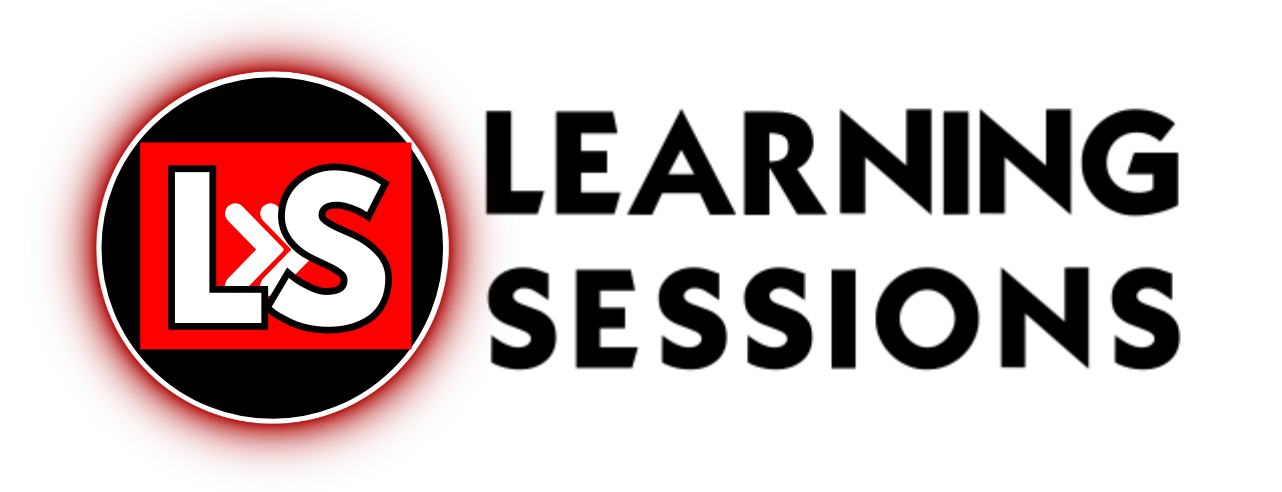Did you know that an employee’s behavior can make or break an organization’s success? Understanding how personality impacts workplace dynamics is crucial for managers, team leaders, and banking professionals preparing for the JAIIB/CAIIB exams.
📚 CAIIB Study Resources 📚
👉 Check Here
👉 Check Here
👉 Check Here
👉 Get Tests Here
👉 Check Here
👉 Click Here
👉 Click Here
Who is this for?
- Bankers preparing for JAIIB/CAIIB 2025 exams
- HR professionals & managers handling workplace dynamics
- Anyone interested in understanding employee psychology & motivation
Stay tuned till the end for a summarized PDF download to help you revise effectively! 🎯
Before we dive in, watch this video for a complete breakdown:
Employee Behavior in the Workplace
1. Factors Influencing Employee Behavior
Employee behavior at work is influenced by four major factors:
- Environmental Factors – Economic, Social, and Political conditions (ESP)
- Personal Factors – Age, gender, education, marital status, etc.
- Organizational Factors – Work culture, leadership, wages, and competition
- Psychological Factors – Personality traits, perception, and attitude
Kurt Lewin proposed that an individual’s behavior is a function of their environment. A positive workplace leads to higher productivity, while a toxic one can demotivate employees.
Understanding Workplace Behavior
2. The Impact of Employee Motivation
Motivation is the driving force behind an employee’s performance and commitment to their work. Organizations must ensure that employees feel valued and recognized to enhance their productivity.
3. Effective Leadership Styles
Different leadership styles impact workplace behavior significantly. Some of the most common styles include:
- Autocratic Leadership: Where leaders make decisions without consulting employees.
- Democratic Leadership: Where leaders encourage employee participation in decision-making.
- Laissez-Faire Leadership: Where employees have the freedom to make their own decisions.
Personality Theories in the Workplace
4. Personality Types: Type A vs. Type B
Friedman and Rosenman’s Model:
- Type A Personality: Restless, impatient, multitaskers, highly competitive
- Type B Personality: Relaxed, philosophical, systematic, and less competitive
Knowing your personality type helps in career growth and workplace adaptation.
CAIIB ABM | Term Loan Part 1 | ABM Module C | Chapter 20 [FREE EPDF]
Motivation Theories in Organizations
5. Maslow’s Hierarchy of Needs
Maslow’s five-tier model explains why employees act the way they do:
- Physiological Needs – Salary, basic comfort, food
- Safety Needs – Job security, health insurance
- Social Needs – Work friendships, teamwork
- Esteem Needs – Recognition, promotions
- Self-Actualization – Personal growth, leadership roles
Diversity & Inclusion at Work
6. Gender & Workforce Diversity
A diverse workplace brings innovation and problem-solving skills. Organizations today encourage gender diversity with laws like:
- Equal Remuneration Act (1976) – Equal pay for men and women
- Factory Act (1948) – Work-hour regulations for female employees
Conclusion
Understanding employee behavior, personality theories, and motivation models is essential for workplace success. Whether you’re a banker preparing for JAIIB/CAIIB, an HR professional, or a team leader, these concepts will help you manage and lead effectively.
What’s Next?
- Drop your questions in the comments – We’d love to discuss!
- Subscribe to our YouTube channel for more in-depth exam content.
- Download the PDF notes below for quick revision. 📥
📥 Download PDF Notes
Also Like:







